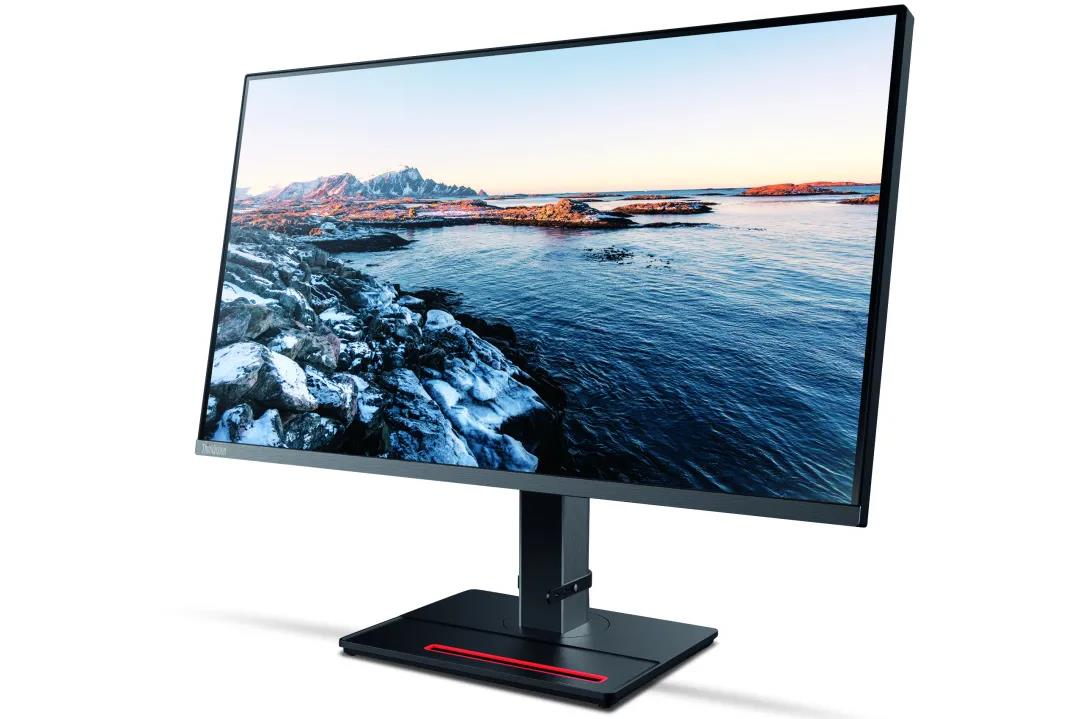


随着人们倾向于在显示器前花费越来越多的时间,这些设备需要不断优化和改进。 ThinkVision Creator Extreme 27" 显示器专为数字成像和视频行业设计。 专注于用户需求,其设计的一个打动人心的创新方面是磁性遮光罩,可防止干扰和不必要的光污染。 遮光罩以一致的方式集成,便于拆卸,并在需要时易于重新安装。 另一个功能细节是侧挡板上内置的挂钩,便于存放耳机。 这款显示器采用坚固的结构和时尚优雅的外观设计,给人留下了深刻的印象。 视觉技术包括一个 27" 4K UHD 面板,带有微型 LED 背光和 HDR,可以在屏幕上显示清晰的图片和真正的黑色调。 显示器外壳也是黑色的,由挤制铝材和 85% 的使用后可回收塑料制成。 符合人体工学的全功能支架可提升 135 mm,倾斜 30 度,并可方便地回转和旋转。 这样,用户可以单独设置他们的个人工作空间。 另一个功能上经过深思熟虑的细节是集成在支架底座中的手机支架,可以轻松充电并能很好地查看手机屏幕。
As people tend to spend ever more time in front of monitors, these devices need to be continuously optimised and refined. The ThinkVision Creator Extreme 27" monitor has been designed for the digital imaging and video industry. Focussing on user needs, an impressively innovative aspect of its design is the magnetic shade hood that provides protection from disturbing and unwanted light pollution. Integrated in a formally coherent manner, the shade hood allows convenient removal and easy reattachment if required. Another functional detail is a hook built into the side bezel for convenient storage of a headset. This monitor impresses with a solid construction and a design that is both modern and elegant in appearance. The visual technology comprises a 27" 4K UHD panel with mini-LED backlighting and HDR that allows for clear pictures and the display of true black tones on screen. Also kept in a black form, the monitor casing is made of extruded aluminium and 85 per cent post-consumer recycled plastic. The ergonomically shaped full-function stand can be lifted by 135 mm, tilted by 30 degrees, as well as conveniently swivelled and rotated. This allows users to individually set up their own personal workspaces. Another functionally well-thought-out detail is a phone cradle integrated into the stand base that allows easy charging and good viewing of the phone screen.
制造商 / Manufacturer:
Lenovo, Morrisville, NC, USA
自主设计 / In-house design:
Lenovo Experience Design Group获奖作品推荐